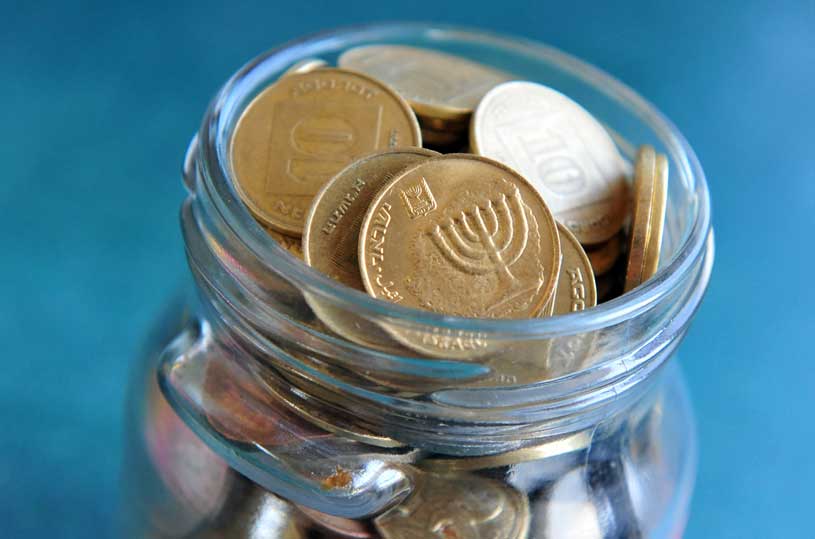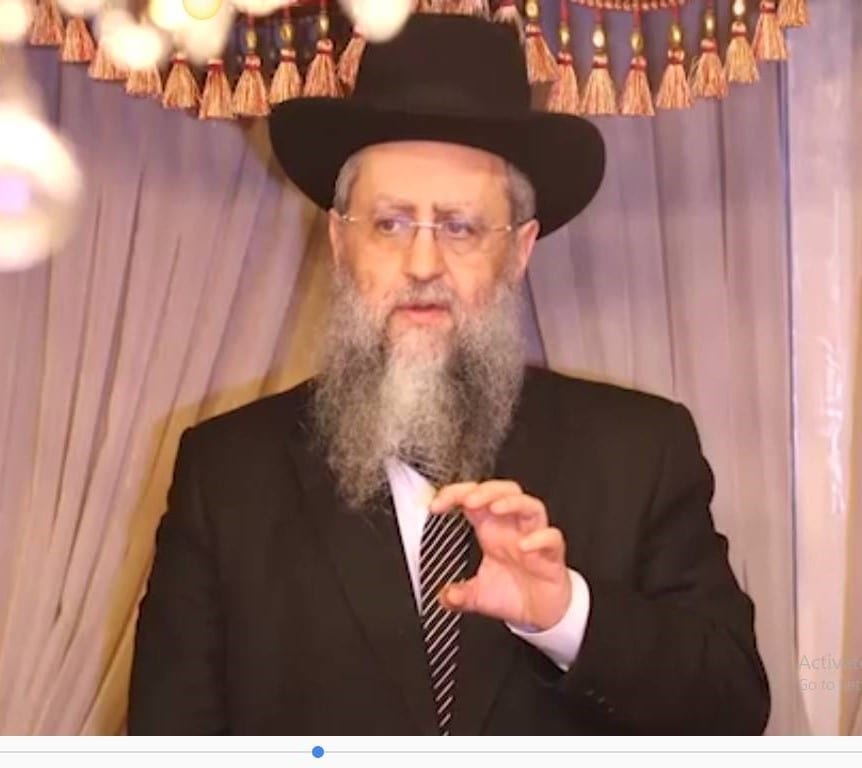When we talk about milk and honey, we are usually referring to cow's milk and to bee's honey. However that does not necessarily mean that the Torah is referring to similar items when it refers to the Land of Israel as a “land flowing with milk and honey”. There are various other kinds of milk and honey, such as goat's milk and date honey. Could these be what are being referred to?
Many botanists have also pointed out an anomaly with regard to milk and honey. In normal situations there are not large numbers of wildflowers for the production of honey, since the land is generally cultivated for agricultural purposes. Similarly the proliferation of milk is usually due to large areas of pasture for cattle and this is synonymous with a desert region and not with a fertile area. In fact this is exactly what is stated in the prophecy of Yeshayahu (7:21) where he says that during the period of the destruction of the Temple, all that will be left to eat in abundant quantities will be milk products (milk and butter) and honey. Yet in the Torah these items seem to describe the luxury and bounty of the Promised Land and not the items associated with its wild state.
A possible solution, suggested by renowned botanist Noga Hareuveni, suggests that at the time when the Torah was given, the Jewish people were shepherds. For them, the most desired land would be one with rich pastures and abundant milk from cattle. In the more agrarian society which developed in the Land of Israel, these would not have been the ideal characteristics of the land but rather those mentioned in the blessings of Yaakov which refer to wine and oil in large quantities in Israel.
However as mentioned above, it is entirely unclear that the milk referred to here is what we term milk. In the Mechilta Derashbi, an early Midrash, the sages dispute what milk and honey mean:
Rabbi Eliezer said: “Milk” – refers to the fat of fruits, “honey” refers to date honey. Rabbi Akiva says: “milk”- refers to milk, as it is written “On that day the mountains will drip sweetness and the hills will run with milk” (Yoel 4:18) “honey”- is forest honey, as it is written: “And the people came to the forest and there was honey flowing”.
According to Rabbi Eliezer, one can understand the term milk- “Chalav” in Hebrew – as similar to the term “Chalev” which refers to fat, in this case the fat and juiciness of the land's fruits, whereas Rabbi Akiva understands it as referring to cow's milk itself. Similarly regarding honey, Rabbi Eliezer sees it as referring to date honey, as date palms have grown for thousands of years in Israel. When the Romans invaded ancient Judea, thick forests of date palms up to 80 feet (24 m) high and 7 miles (11 km) wide covered the Jordan River valley from the Sea of Galilee in the north to the shores of the Dead Sea in the south. The tree so defined the local economy that Emperor Vespasian celebrated the conquest by minting the “Judaea Capta”, a special bronze coin that showed the Jewish state as a weeping woman beneath a date palm. In modern times, a date palm known as Methuselah had been grown from a 2000-year- old date seed found at Masada and is already producing pollen, the oldest seed in the world to still be actively producing fruit.
However Rabbi Akiva sees honey as a reference to bee's honey, which is predominantly found in forests where bees can nest. This type of honey is referred to in the Bible when the people found honey in the forest after Shaul and Yonatan had waged battle with the Philistines, but there is even evidence of ancient commercial beehives which were cultivated in the Bet Shean valley city of Rehov. 30 ancient hives were discovered in 2007 and dated to the 10th century B.C.E which is just after the Israelites came to Israel. There were also bee larvae there as well as remains of beeswax.
A third explanation of milk and honey appears in the Talmud's description of Rami Bar Dikula who saw goats eating from fig trees. The figs were so luscious that they were dripping with juice; the goats' udders were so full that milk flowed out. These two liquids mingled into a sweet stream, and the land was literally “flowing with milk and honey.” It is noteworthy that this was said to have occurred in Benei Berak, which in its modern day incarnation hardly boasts a fig tree and certainly has no goats…
However there may even be a fourth metaphorical approach to the concept of milk and honey, as they may allude to mother's milk and bee honey. These are the only two kosher substances which are derived from a non-kosher source (bees and people are not kosher). The implication is that the Land of Israel has the spiritual energy to purify even that which is impure.





